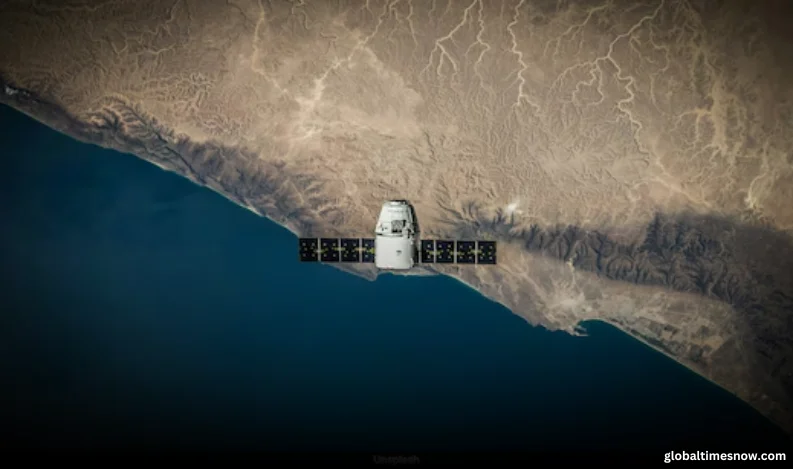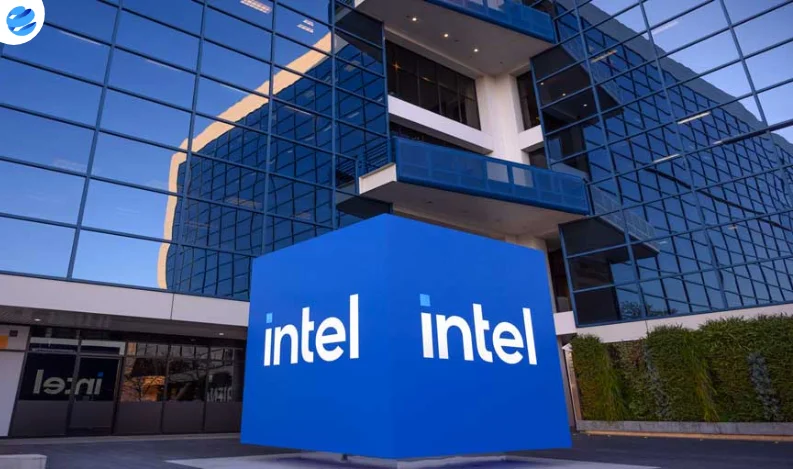SpaceSail, a Chinese low Earth orbit (LEO) satellite operator, is rapidly expanding its presence through international partnerships, positioning itself as a serious challenger to Elon Musk’s Starlink. With growing investments and state-backed support, SpaceSail aims to provide global satellite-based internet connectivity, particularly in remote and underserved regions.
What Is SpaceSail?
Also known as Qianfan or "Thousand Sails", SpaceSail is a mega-constellation project designed to deliver broadband internet services worldwide. Developed by the Microsatellite Innovation Centre of the Chinese Academy of Sciences, the project seeks to revolutionize satellite communications with fast response times and extensive global coverage.
How Many Satellites Does SpaceSail Have?
-
August 2024: 18 satellites launched to 800 km via Long March 6A
- January 2025: 72 satellites in orbit
- End of 2025 Projection: 600 satellites
- Ultimate Goal: A 14,000-satellite constellation
Why SpaceSail Could Be a Strong Competitor to Starlink
SpaceSail is emerging as a viable alternative to Starlink due to its state-backed funding, advanced supply chain, and international partnerships. Key advantages include:
- Financial Strength – Backed by Shanghai Spacecom Satellite Technology (SSST), SpaceSail has strong funding for expansion.
- Localized Supply Chain – Unlike Starlink, SpaceSail benefits from China’s extensive domestic space infrastructure, ensuring greater efficiency and cost-effectiveness.
- Strategic Partnerships – Recent deals with Malaysia’s Measat and Brazil’s Telebras highlight its growing international influence.
- Underserved Market Focus – SpaceSail aims to expand into Africa, Iran, and South America, regions where Starlink has limited reach.
What Are Low Earth Orbit (LEO) Satellites?
LEO satellites operate at altitudes of 300 km to 2,000 km, offering faster data transmission and lower costs than satellites in higher orbits.
Currently, SpaceX’s Starlink has over 6,000 satellites in orbit, providing broadband services to consumers, businesses, and governments. Meanwhile, China has 1,059 satellites, including 492 commercial satellites, according to Xinhua.
As SpaceSail continues its rapid growth, it could become a major competitor in the global satellite broadband industry, challenging Starlink’s dominance in the years ahead.























